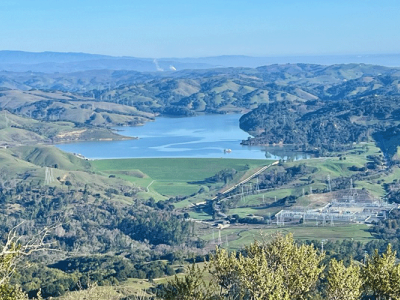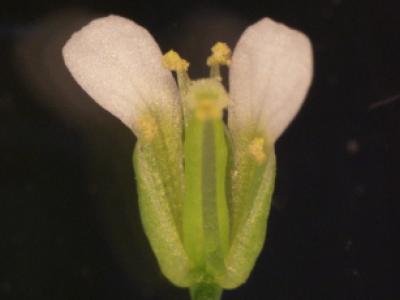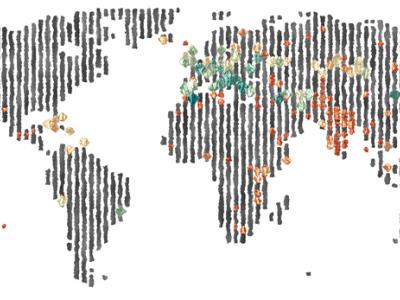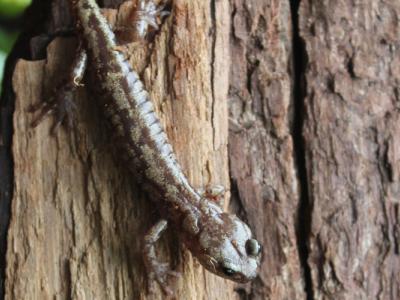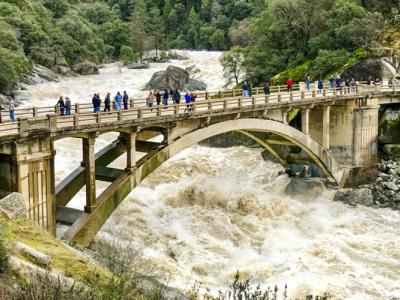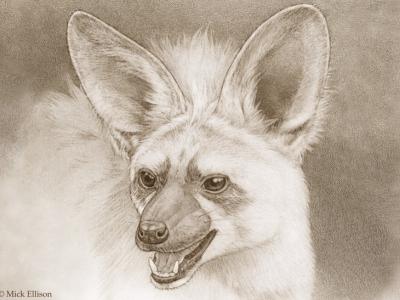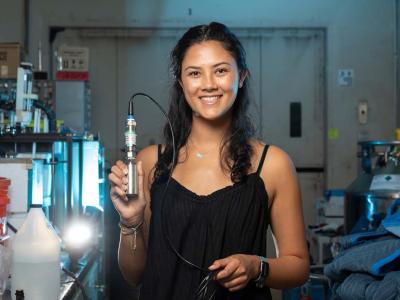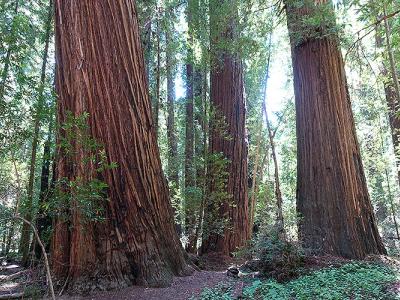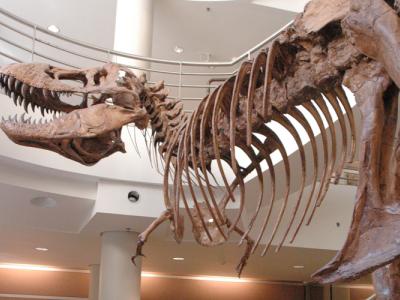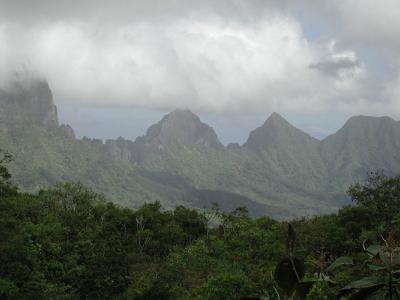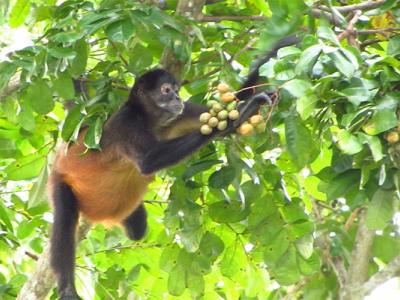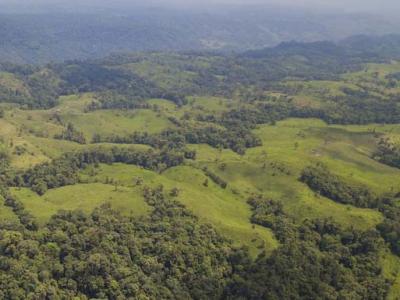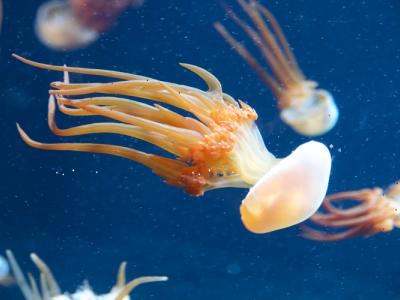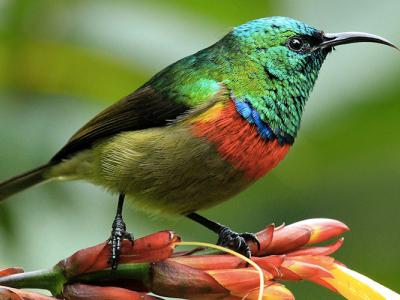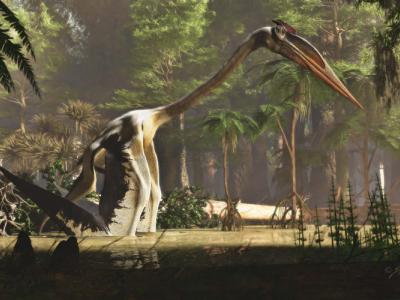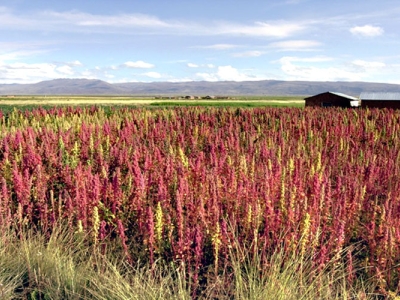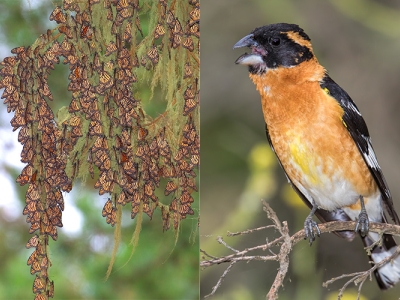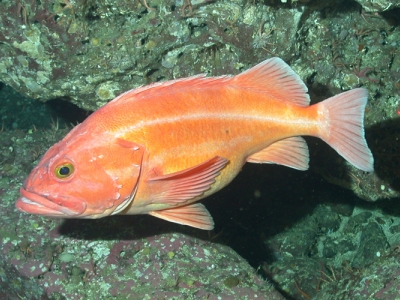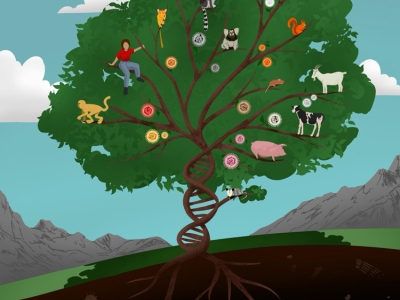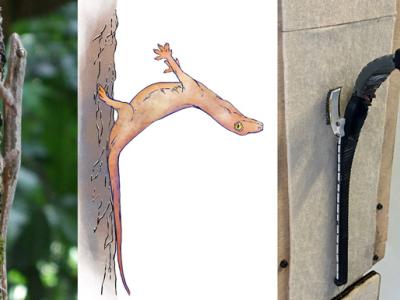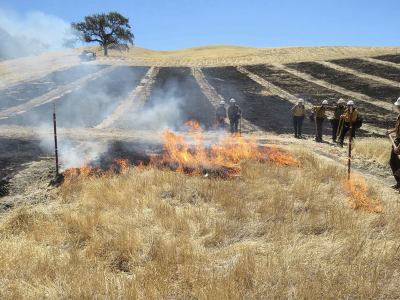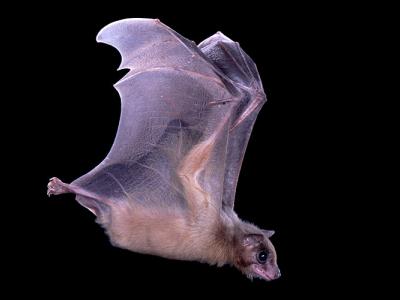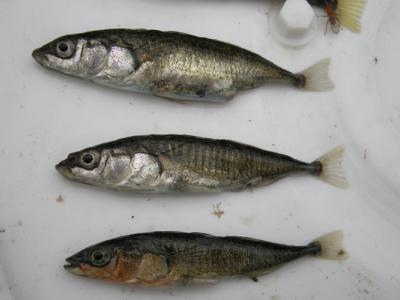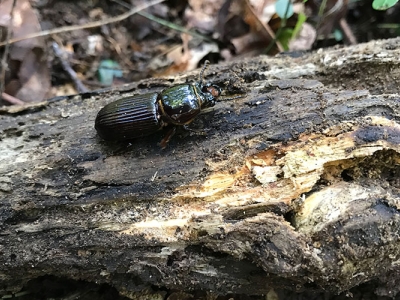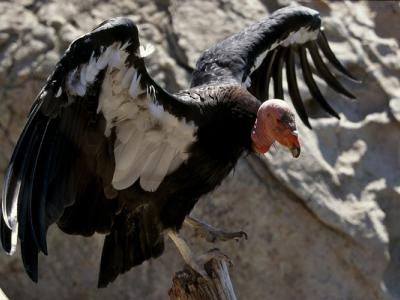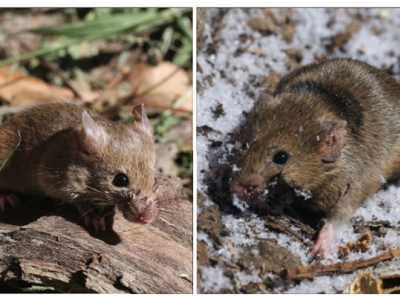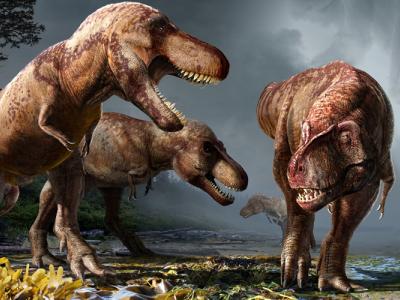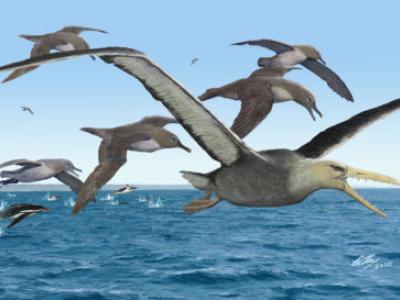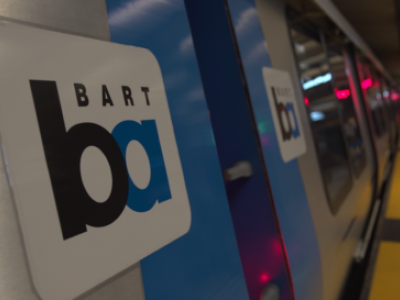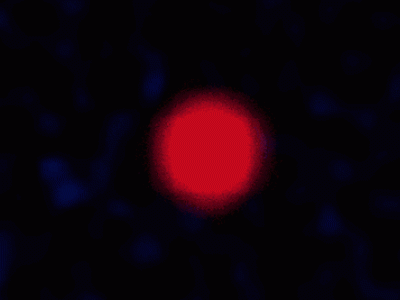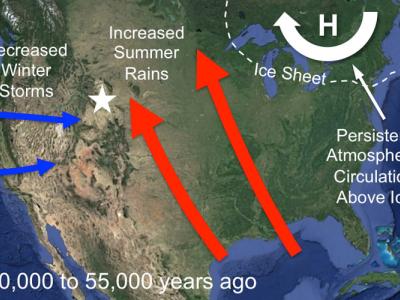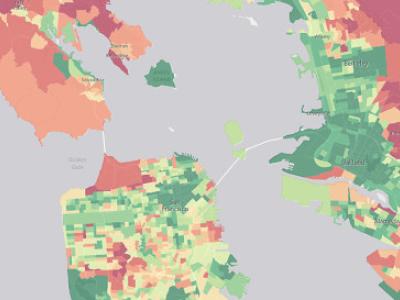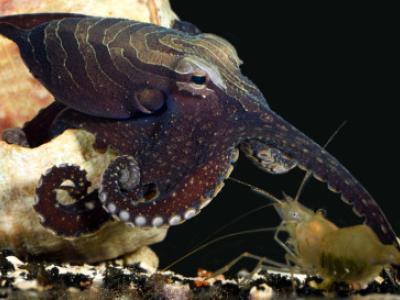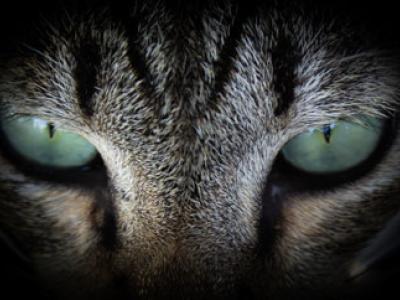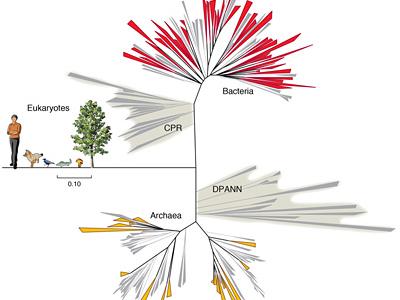Wildfire Poses Greater Threat to Cannabis Than Other California Crops
Understanding the “Romantic Journey” of Plant Reproduction
A Race to Converse With, and Save, the Ocean’s Brainiest Eco-Predators
Bottlenecks That Reduced Genetic Diversity Were Common Throughout Human History
Skydiving Salamanders Live in World’s Tallest Trees
Predicting Flooding From Rain Falling on Sierra Snowpack
Was This Hyena a Distant Ancestor of Today’s Termite-Eating Aardwolf?
Study of Aqueous Salt Solutions Deepens Our Understanding of Icy Planets’ Oceans
In White House Meeting, Berkeley Scholar Says Advanced Tech Can Support Nature
T. Rex’s Short Arms May Have Lowered Risk of Bites During Feeding Frenzies
Polynesian Island Yields ‘Treasure Trove’ of Fungal Biodiversity
Monkeys Often Eat Fruit Containing Alcohol, Shedding Light on Our Taste for Booze
Two Endangered Glass Frogs Discovered Near Andean Mining Sites
Reconstructing the Chromosomes of the Earliest Animals on Earth
Losing Amphibian Diversity Also Means Losing Poison Diversity
Some Birds Sing the Same Song for Hundreds of Thousands of Years
Fleshing Out the Bones of Quetzalcoatlus, Earth’s Largest Flier Ever
The Superfoods That Fueled Ancient Andeans Through 2,500 Years of Turmoil
What It Takes to Eat a Poisonous Butterfly
When Ecology Meets Art, You Get a Dating Site For Trees
Pacific Rockfish and the Trade-Offs of a Longer Life
A Wellness Check for Tilden Park’s Turtles
So-Called Junk DNA Plays Critical Role in Mammalian Development
Berkeley’s new Indigenous Community Learning Garden takes root
These geckos crash-land on trees but don’t fall, thanks to their tails
Fire and the foothills: reducing wildfire threats while boosting biodiversity
A peek inside a flying bat’s brain uncovers clues to mammalian navigation
Stickleback fish provide genetic road map for rapid evolution
How antibiotic-filled poop helps ‘bessbug’ beetles stay healthy
High genomic diversity is good news for California condor
Eastern and Western house mice took parallel evolutionary paths
Where have all the vultures gone? Ph.D. student investigates
How many T. rexes were there? Billions.
Antarctica yields oldest fossils of giant birds with 21-foot wingspans
Could a Phone App Help Prevent California Wildfires?
Prenatal pesticide exposure linked to changes in teen’s brain activity
Earthquake early warning milestone: ShakeAlert rolled out to entire Bay Area
Ghost objects in the sky
Radar reveals details of mountain collapse after North Korea’s most recent nuclear test
Growth rings on rocks give up North American climate secrets
Scientists have found a new way to tease out signals about Earth’s climatic past from soil deposits on gravel and pebbles, adding an unprecedented level of detail to the existing paleoclimate record and revealing a time in North America’s past when summers were wetter than normal.
New interactive map compares carbon footprints of Bay Area neighborhoods
Data on current carbon emissions will help cities meet goals set a Paris climate summit, and show people how they contribute to global warming.
What the Inuit can tell us about omega-3 fats and ‘paleo’ diets
The traditional diet of Greenland natives – the Inuit – is held up as an example of how high levels of omega-3 fatty acids can counterbalance the bad health effects of a high-fat diet, but a new study hints that what’s true for the Inuit may not be true for everyone else.
Millet Project shows grain isn’t just for the birds
Amrita Hazra, a postdoctoral researcher in the Department of Plant and Microbial Biology, is on a mission — to introduce people to the benefits of eating millet, which primarily is used in the United States in bird feed.
Biologists discover skydiving spiders in South American forests
Arachnophobes fearful of spiders jumping, creeping or falling into their beds now have something new to worry about. Some spiders might also glide in through the window.
Octopus shows unique hunting, social and sexual behavior
Unlike most octopuses, which tackle their prey with all eight arms, a rediscovered tropical octopus subtly taps its prey on the shoulder and startles it into its arms.
Pupil shape linked to animals’ place in ecological web
While the eyes may be a window into one’s soul, new research led by UC Berkeley scientists suggests that the pupils could also reveal whether one is hunter or hunted.
Small Salmon, Big Threat
Drought and the growing water demands of agriculture and a changing climate are creating a “knife edge” of survival for young salmon and steelhead, says UC Berkeley fish ecologist Stephanie Carlson. She is working to determine minimum water levels needed to sustain the fish.
Newfound groups of bacteria are mixing up the tree of life
Jill Banfield, professor of EPS and ESPM, and grad student Christopher Brown discovered a large number of new groups or phyla of bacteria, suggesting that the branches on the tree of life need some rearranging. The more than 35 new phyla equal in number all the plant and animal phyla combined.
Study IDs key birds that host Lyme disease bacteria in California
A new UC Berkeley-led study has found that birds are more important than previously recognized as hosts for Lyme disease-causing bacteria in California.

